Moisson Rouge / Exhibition views
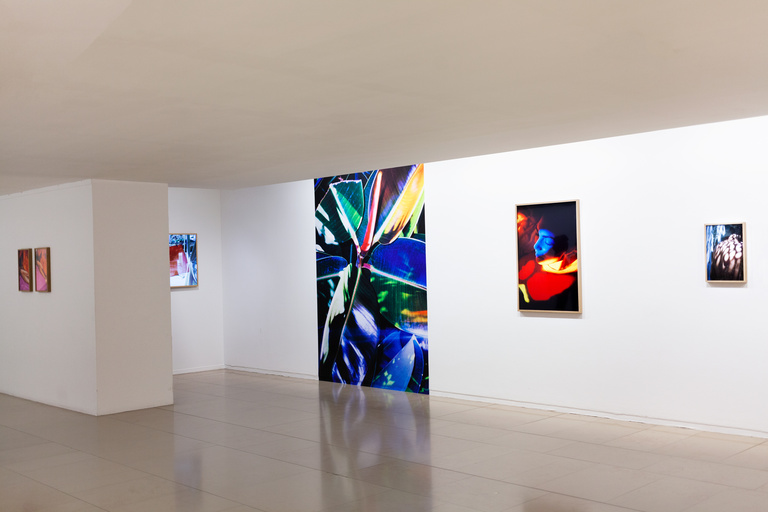
Maison Européenne de la Photographie, 2019
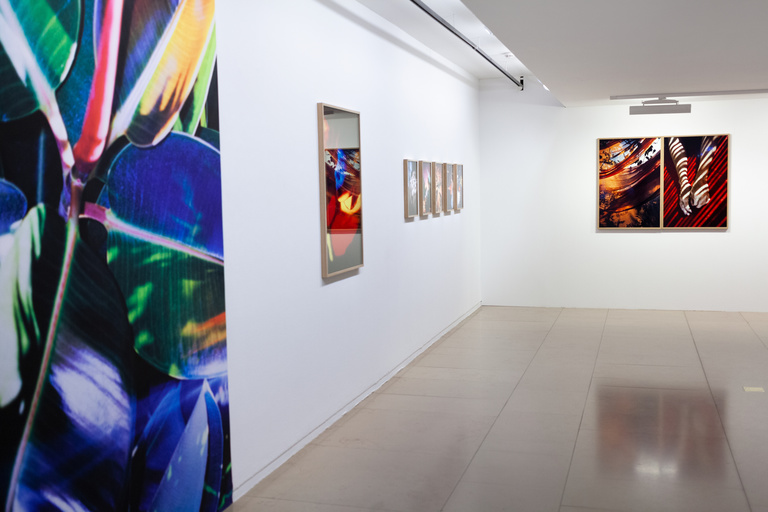
Maison Européenne de la Photographie, 2019
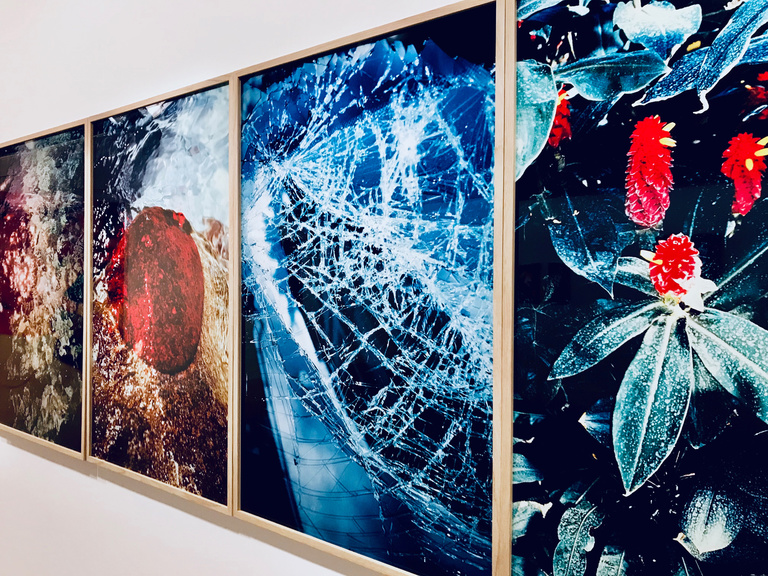
Maison Européenne de la Photographie, 2019
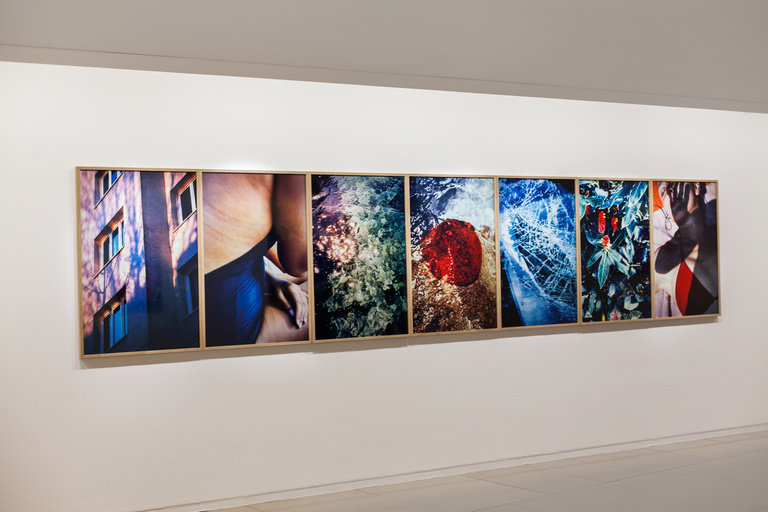
Maison Européenne de la Photographie, 2019
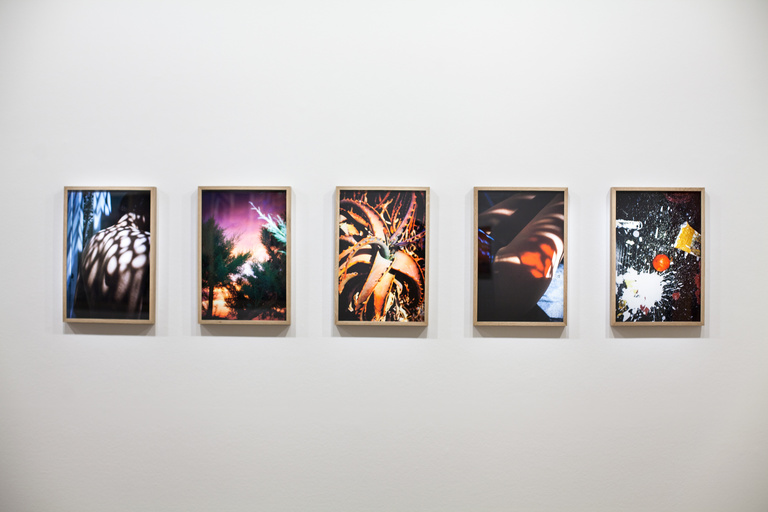
Maison Européenne de la Photographie, 2019
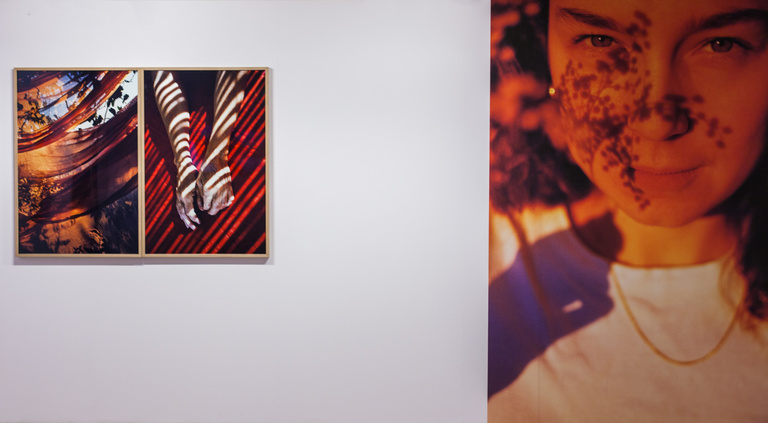
Maison Européenne de la Photographie, 2019
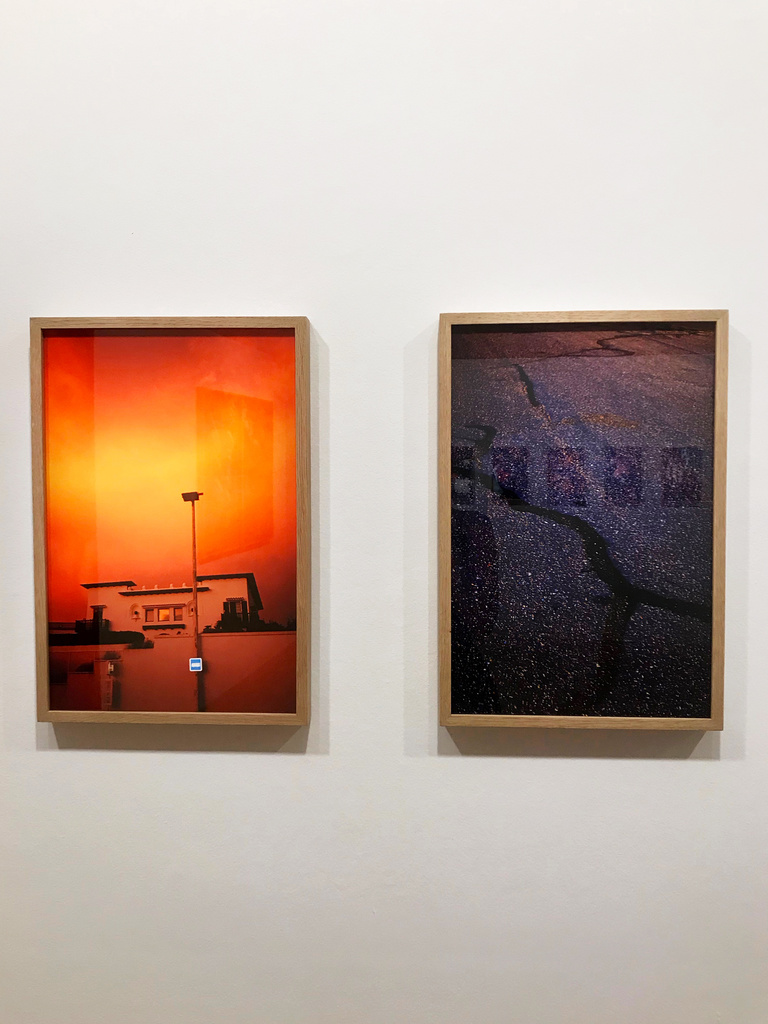
Maison Européenne de la Photographie, 2019
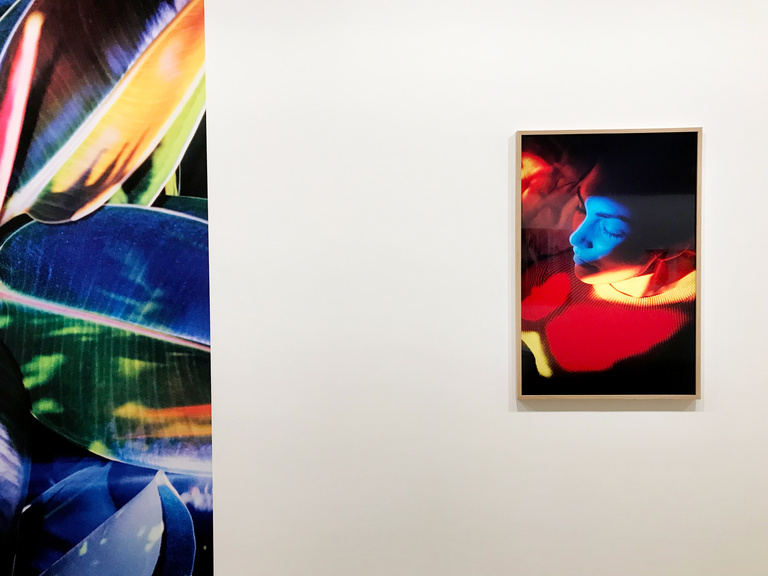
Maison Européenne de la Photographie, 2019
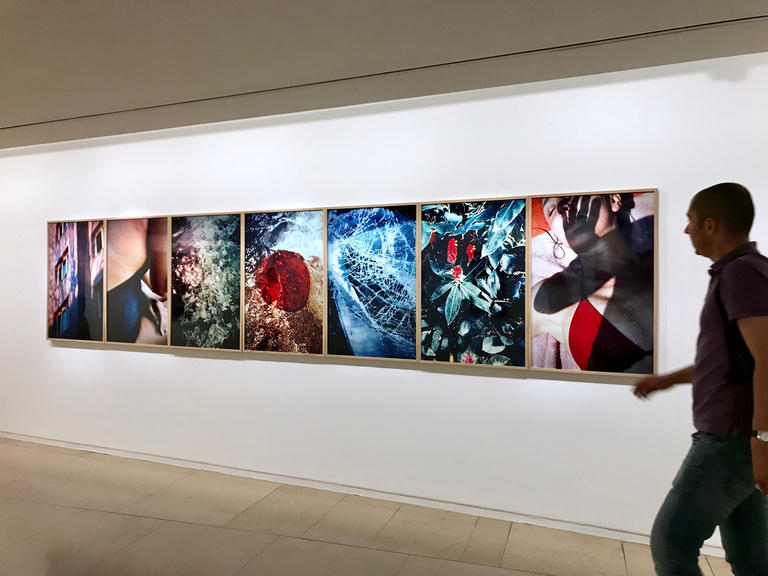
Maison Européenne de la Photographie, 2019
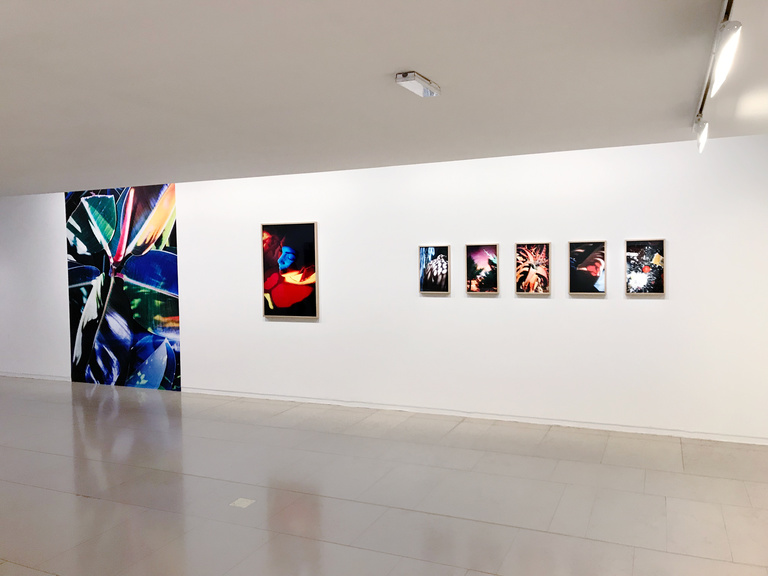
Maison Européenne de la Photographie, 2019
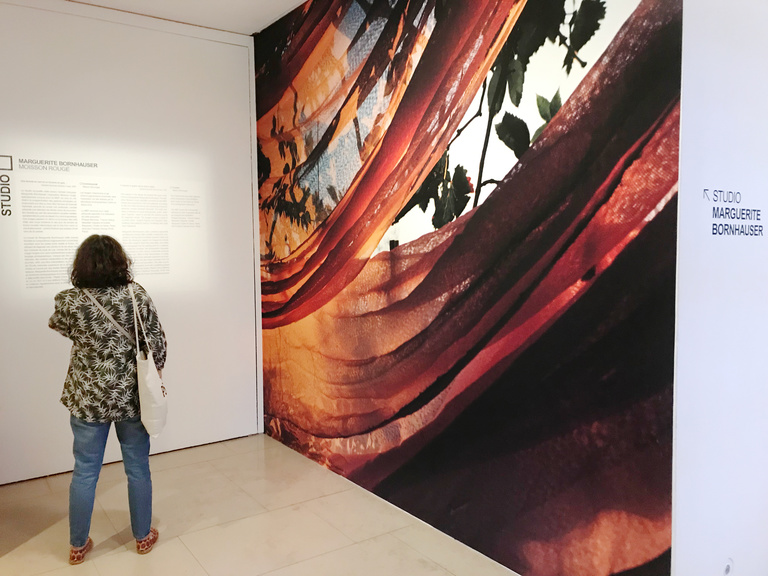
Maison Européenne de la Photographie, 2019
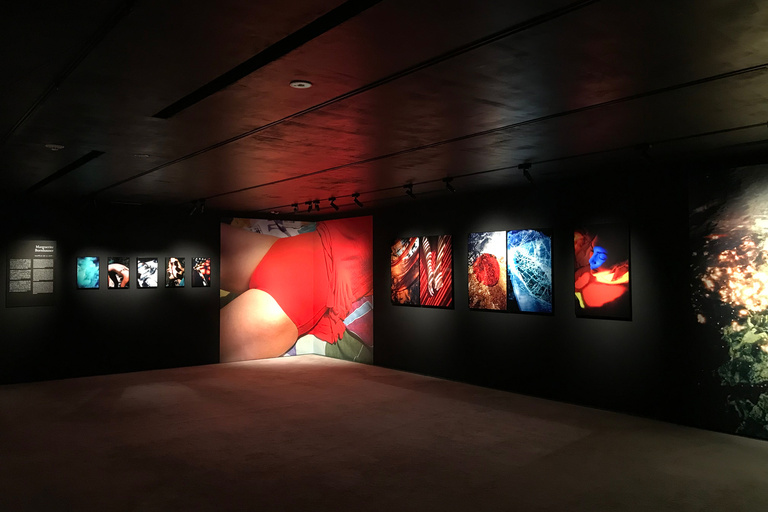
2021, Kyotographies HOSOO gallery
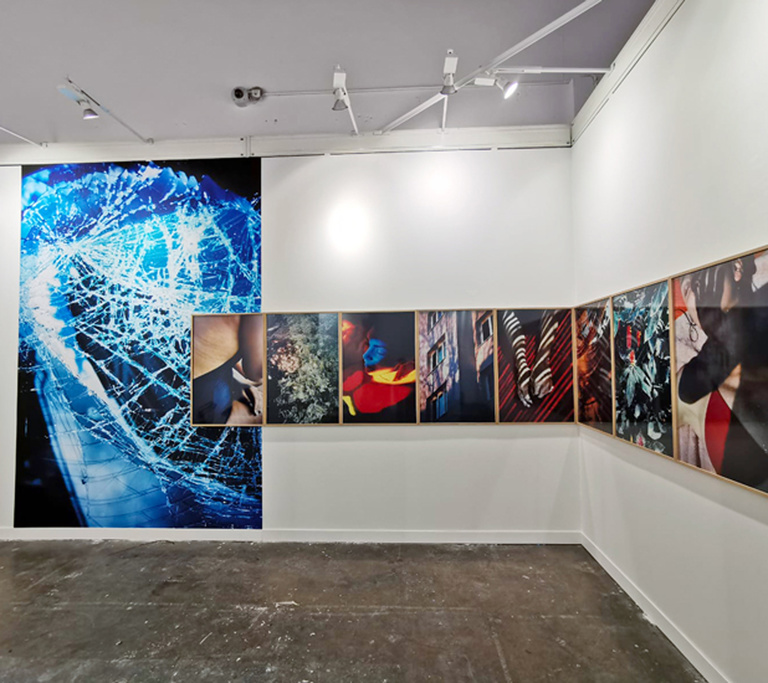
Paris Photo, Grand Palais, 2019
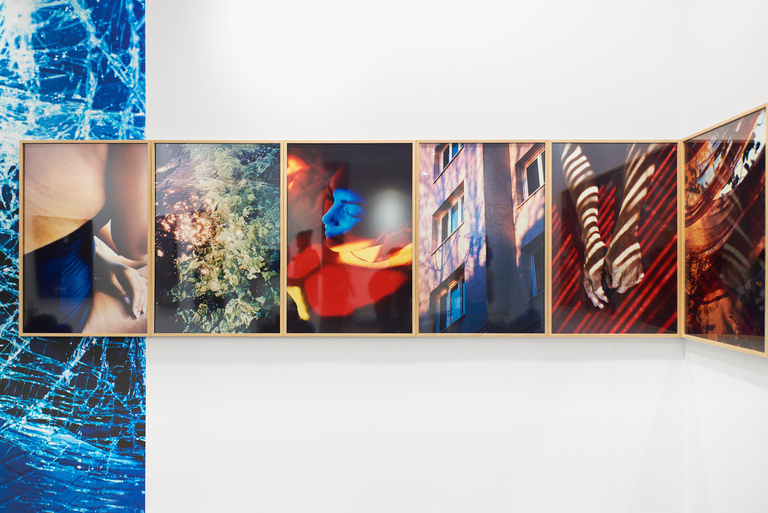
Paris Photo, Grand Palais, 2019
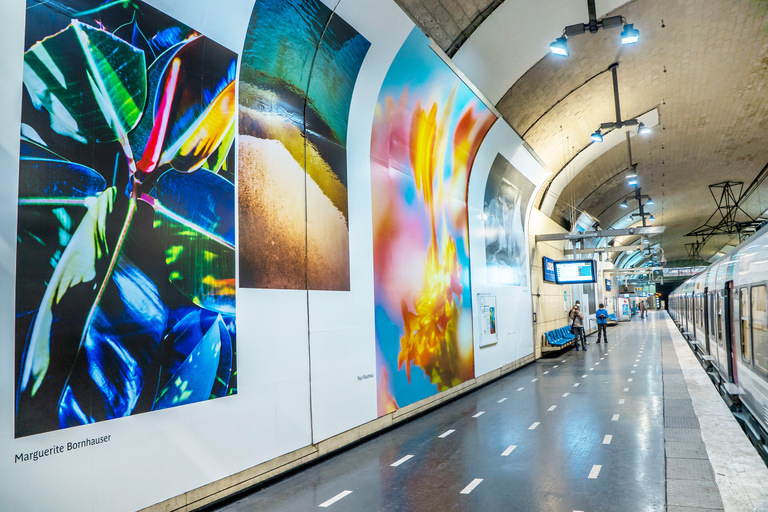
RATP, Station Luxembourg, 2020
Info
For her exhibition at the Museum of European Photography (MEP) in Paris, Marguerite Bornhauser worked with one of the last photographic laboratories to work with Cibachrome paper and chemicals. The Cibachrome process, first developed in the 1960s, is renowned for producing durable archival prints with vivid, brilliant colours and a glassy surface. It remained popular into the 1980s but subsequently almost completely disappeared from mainstream use.
Moisson Rouge
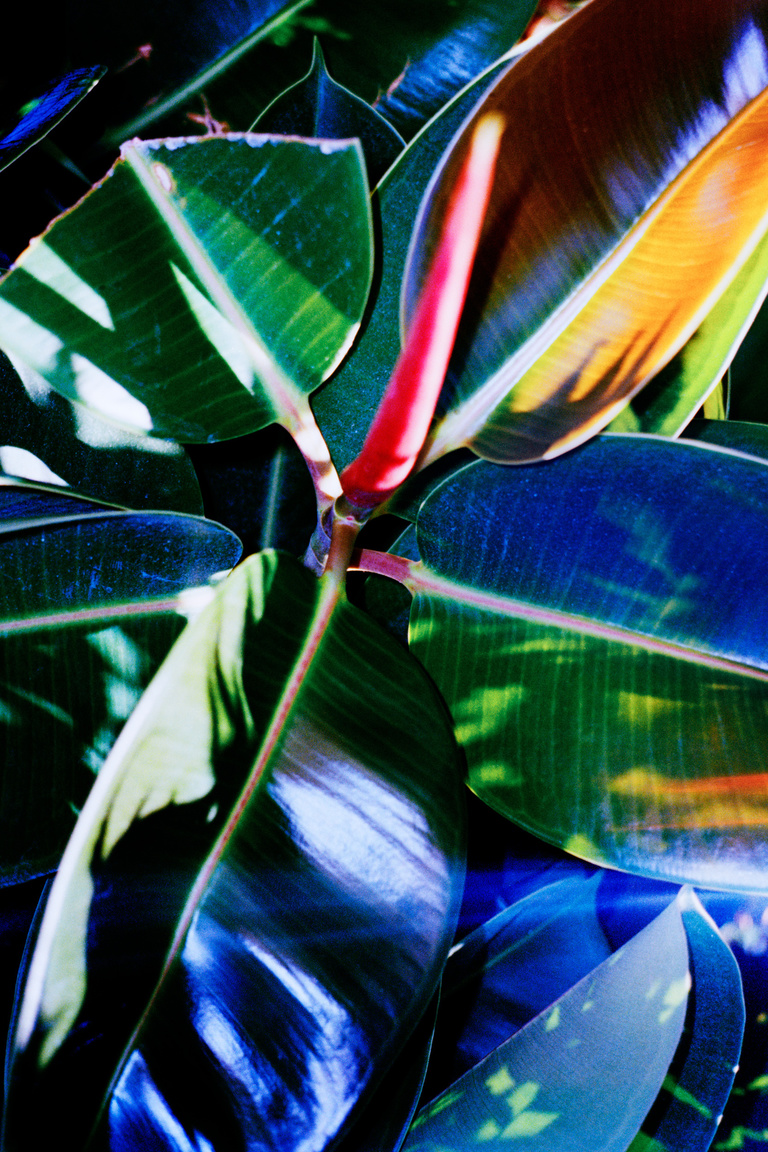
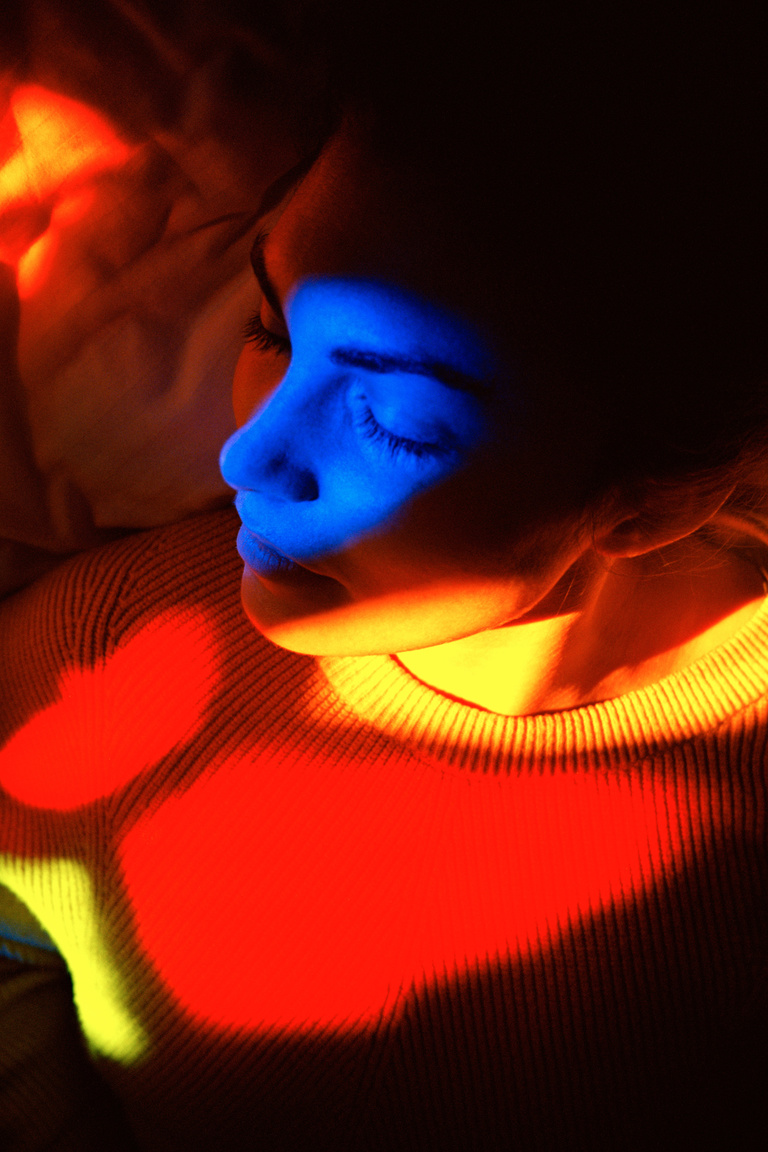
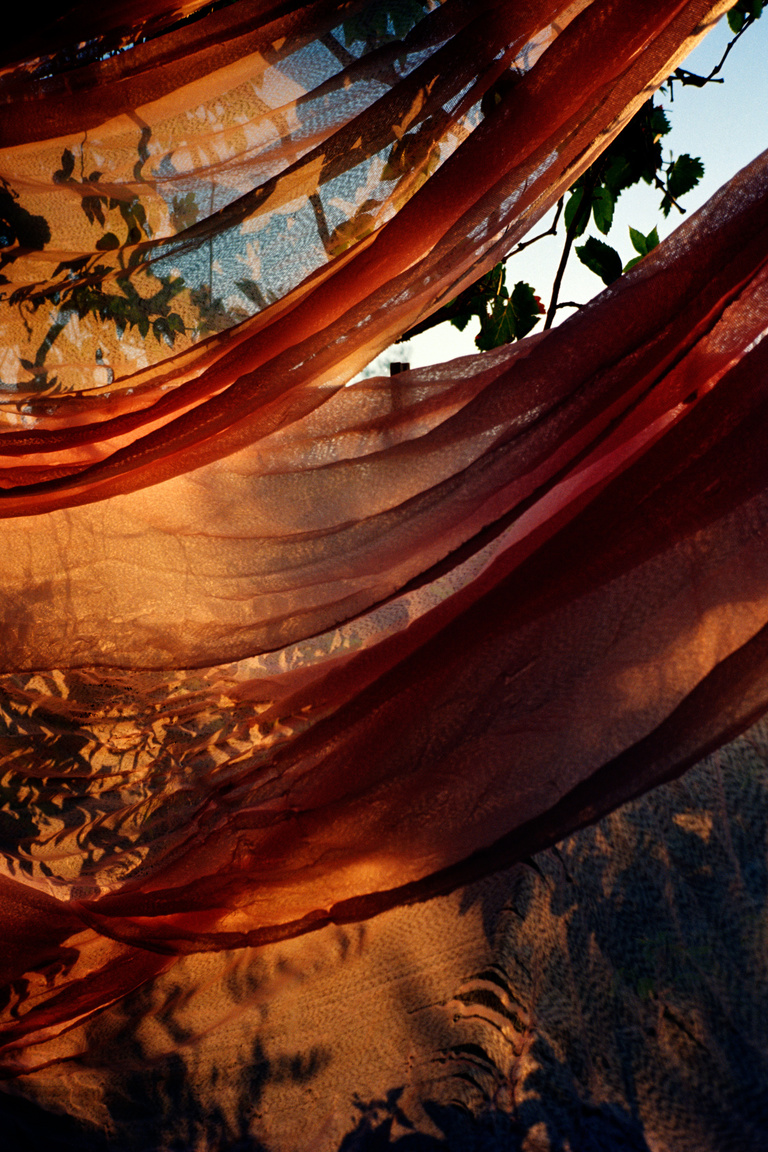
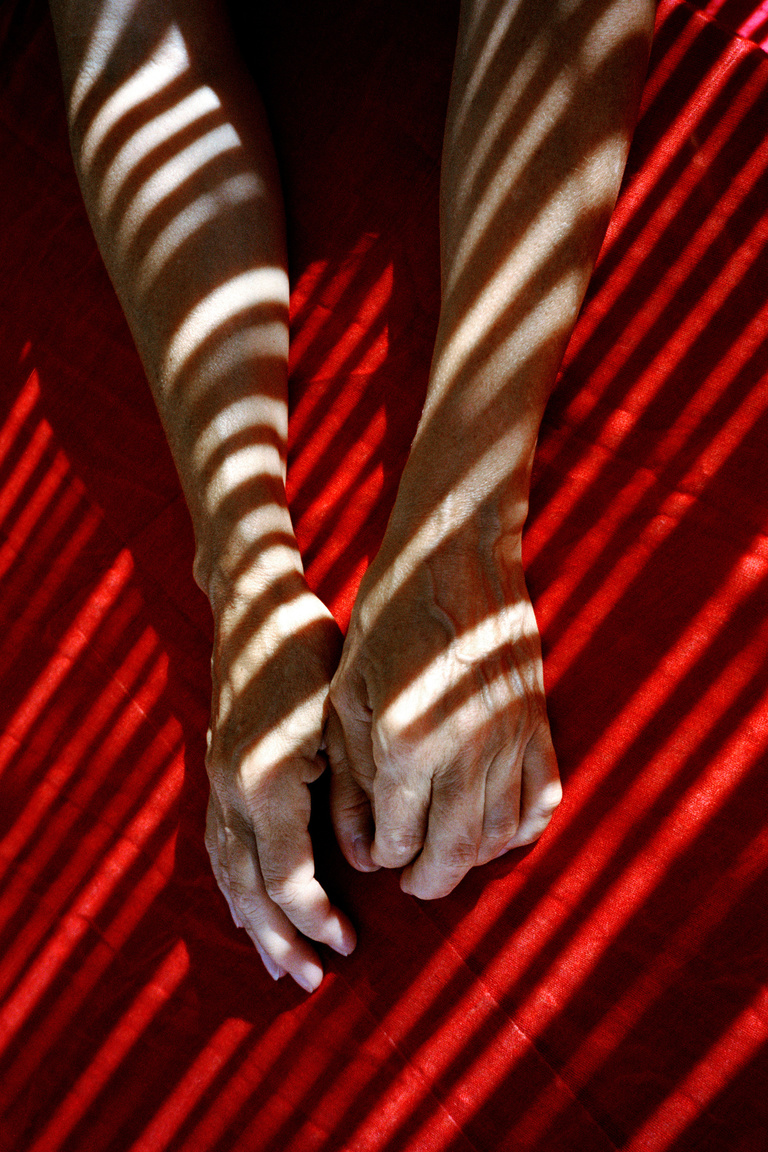
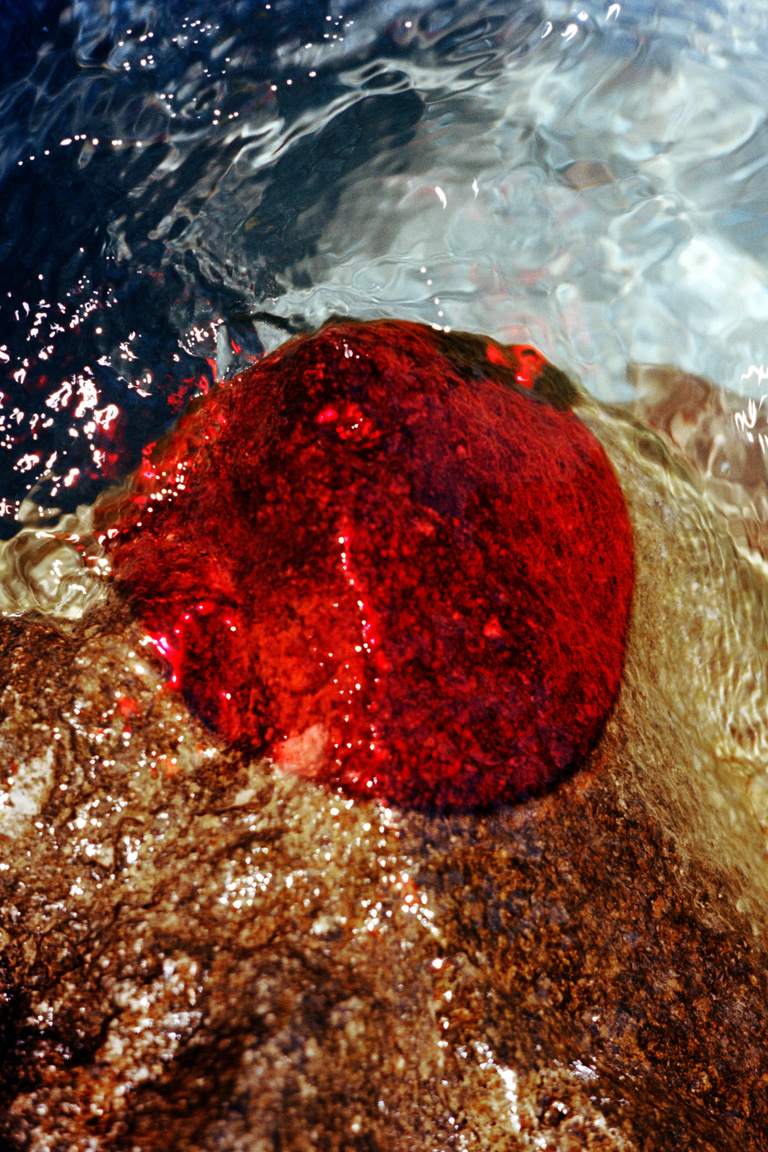
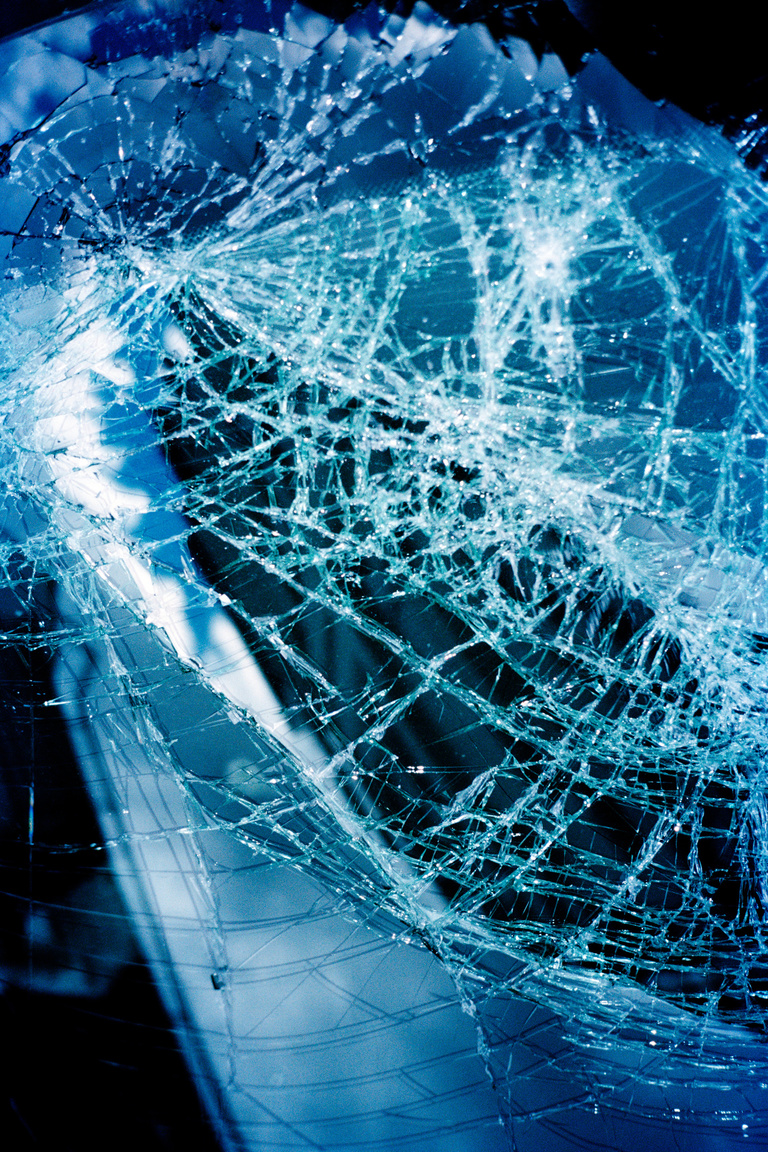
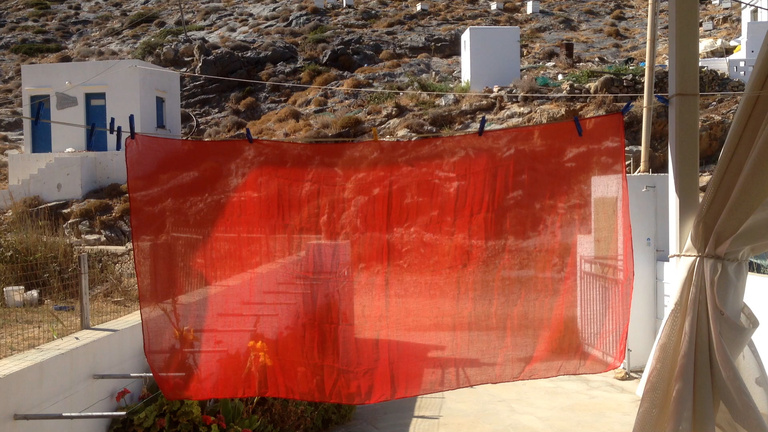
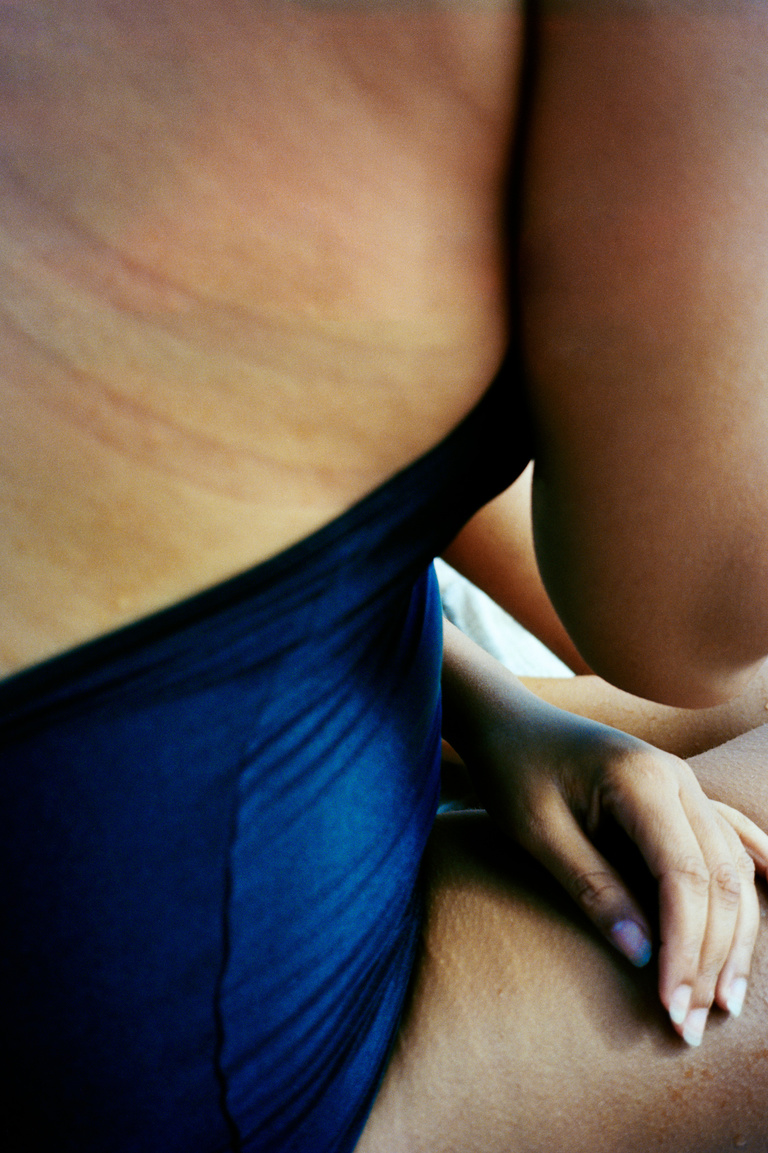
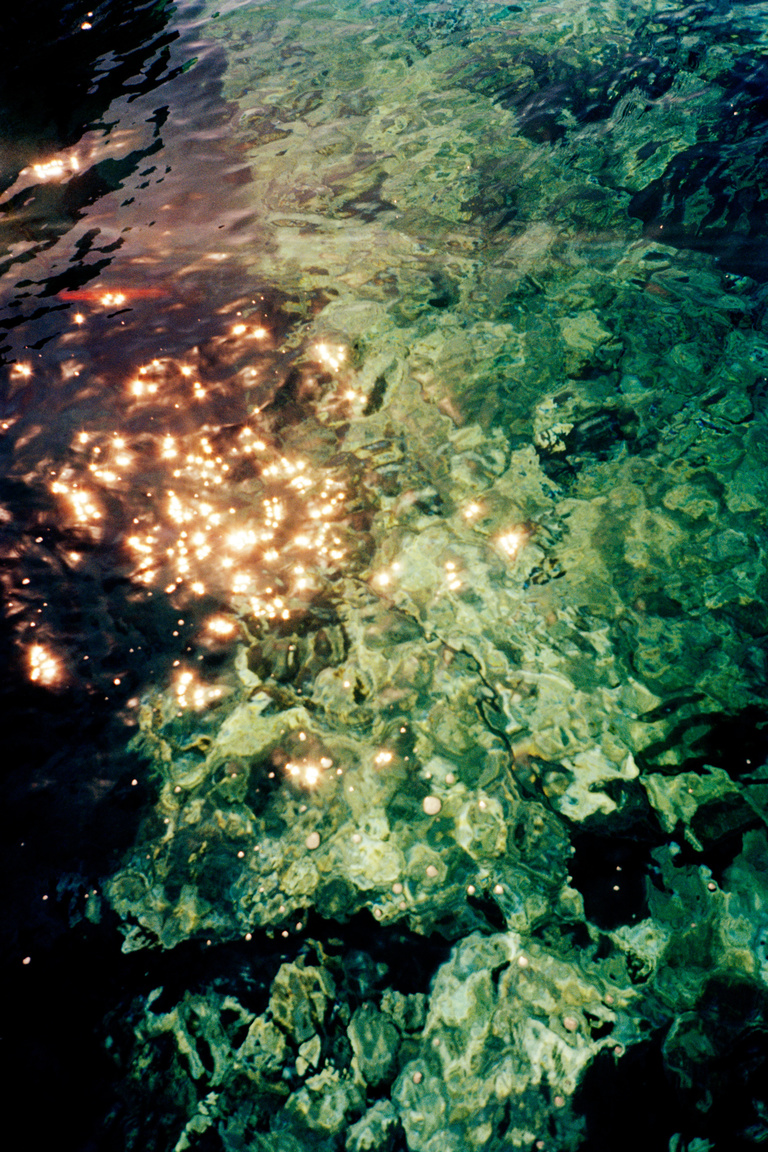
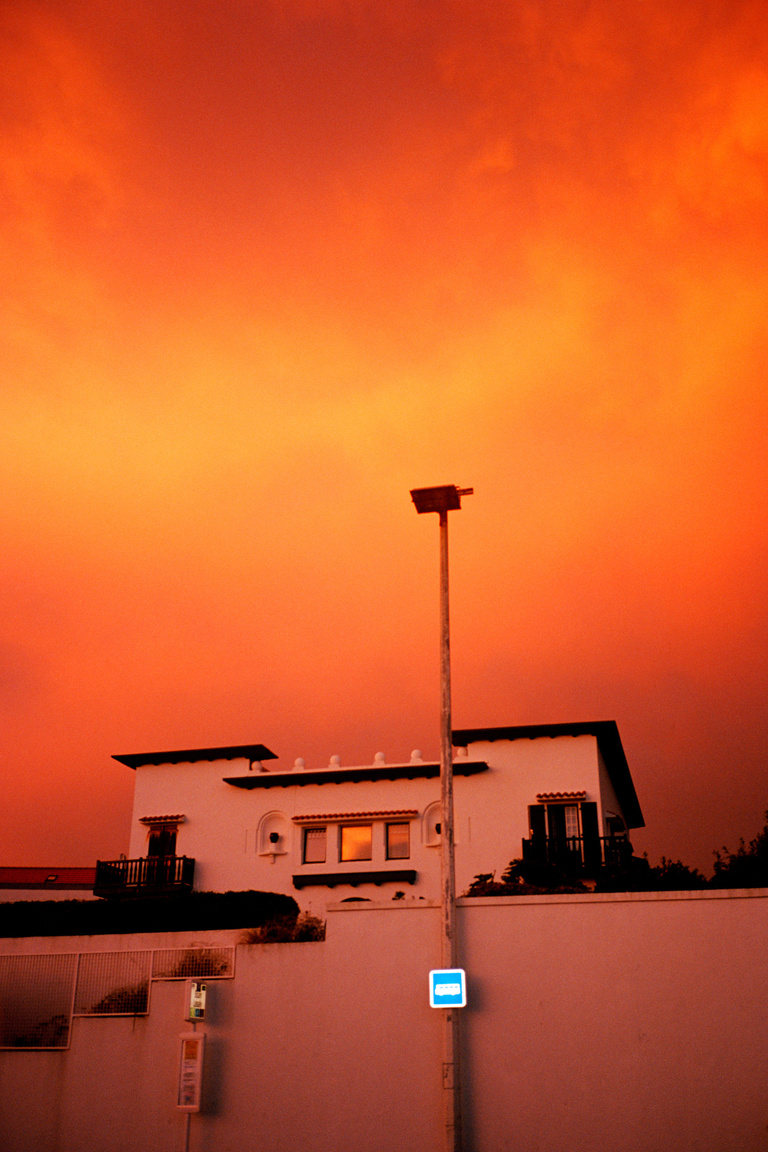
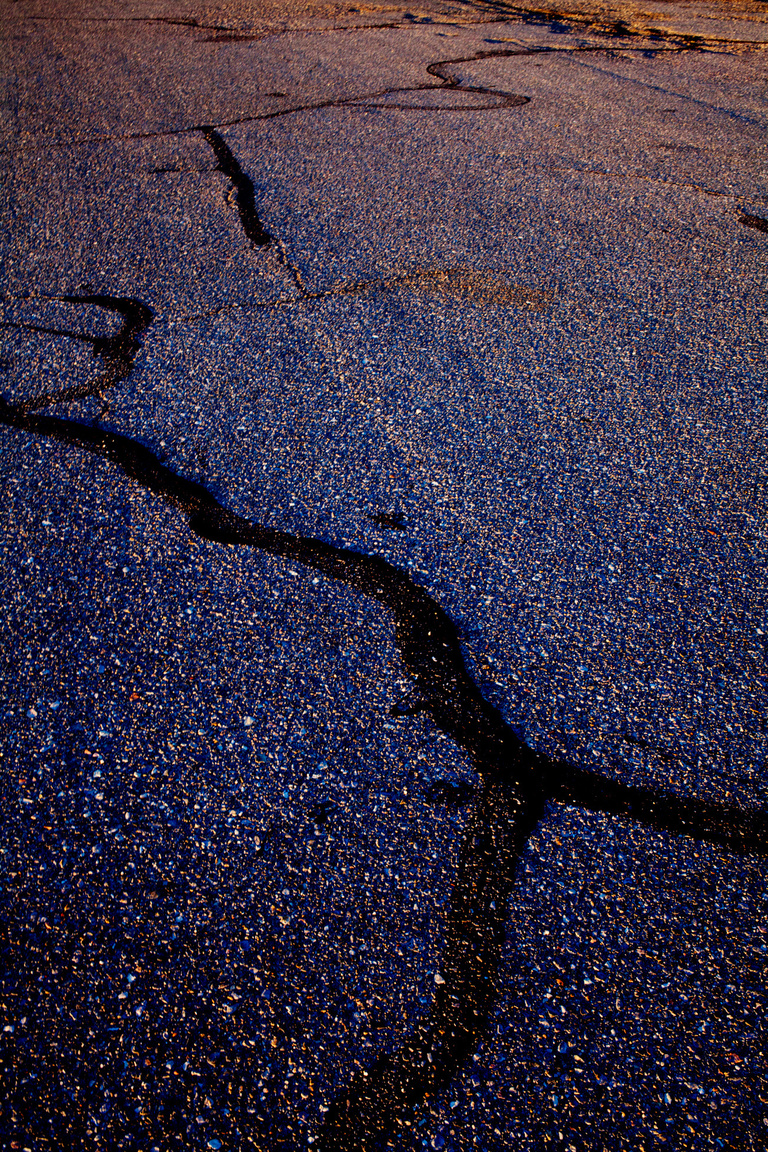
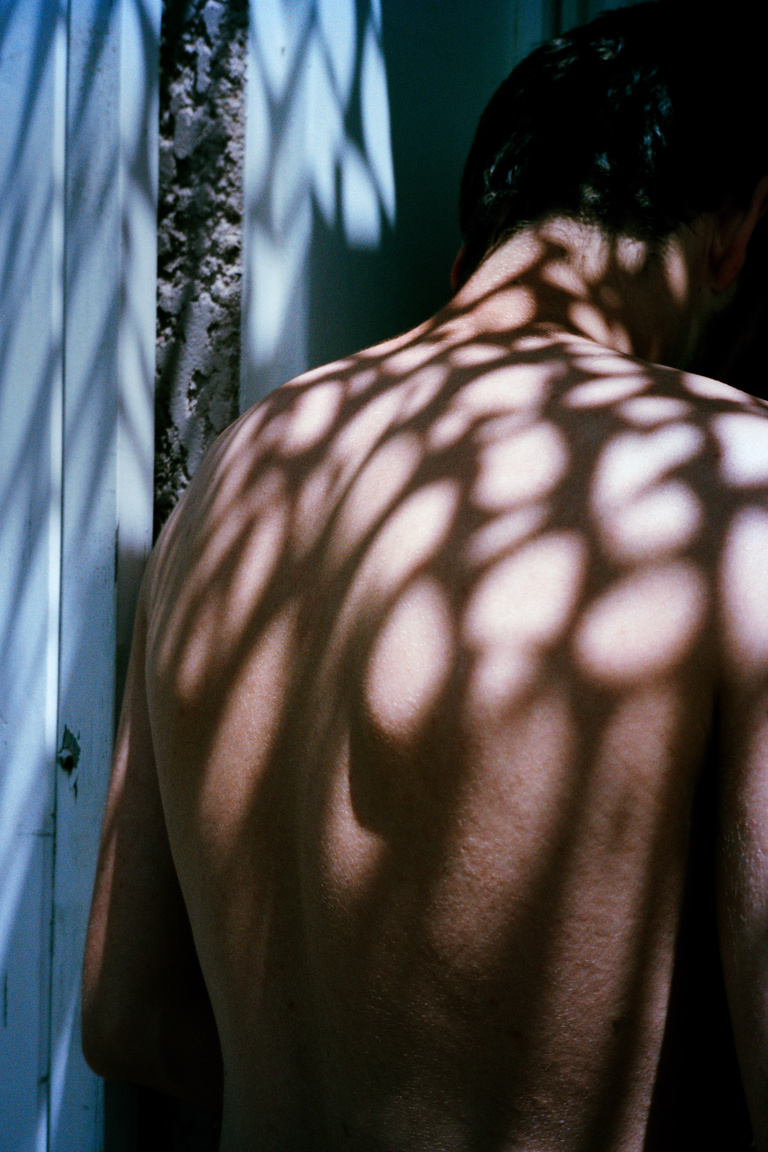

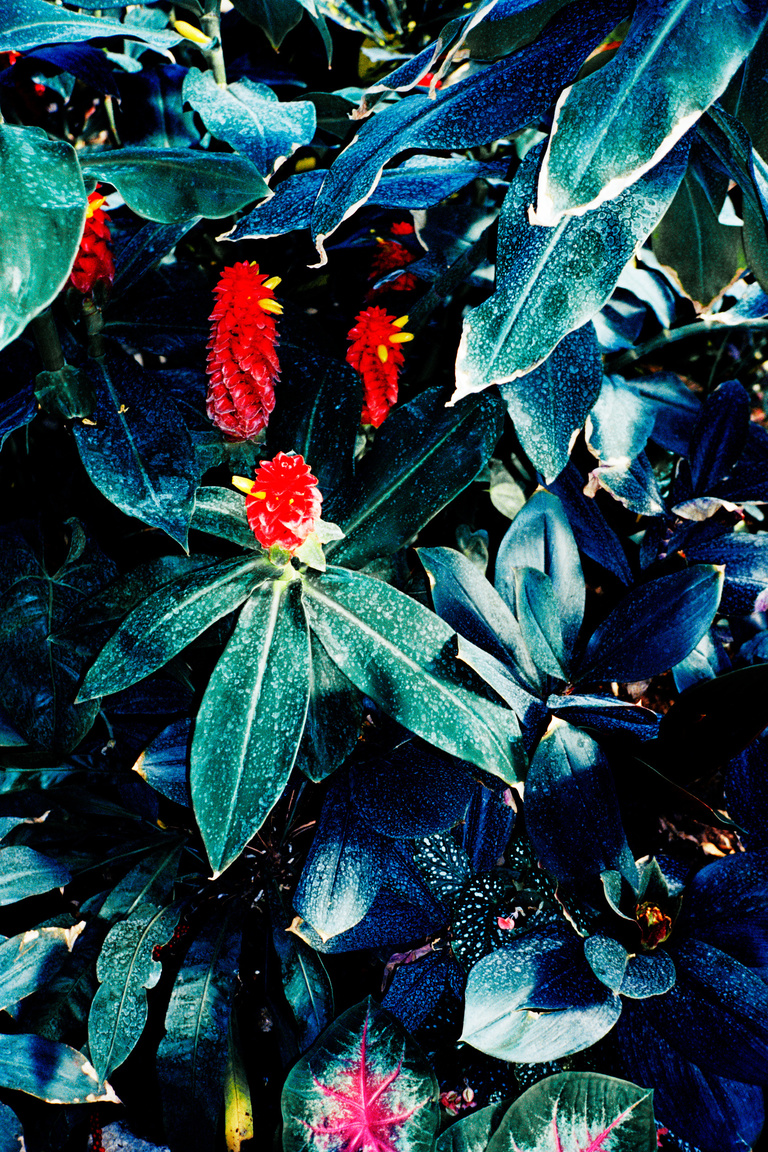
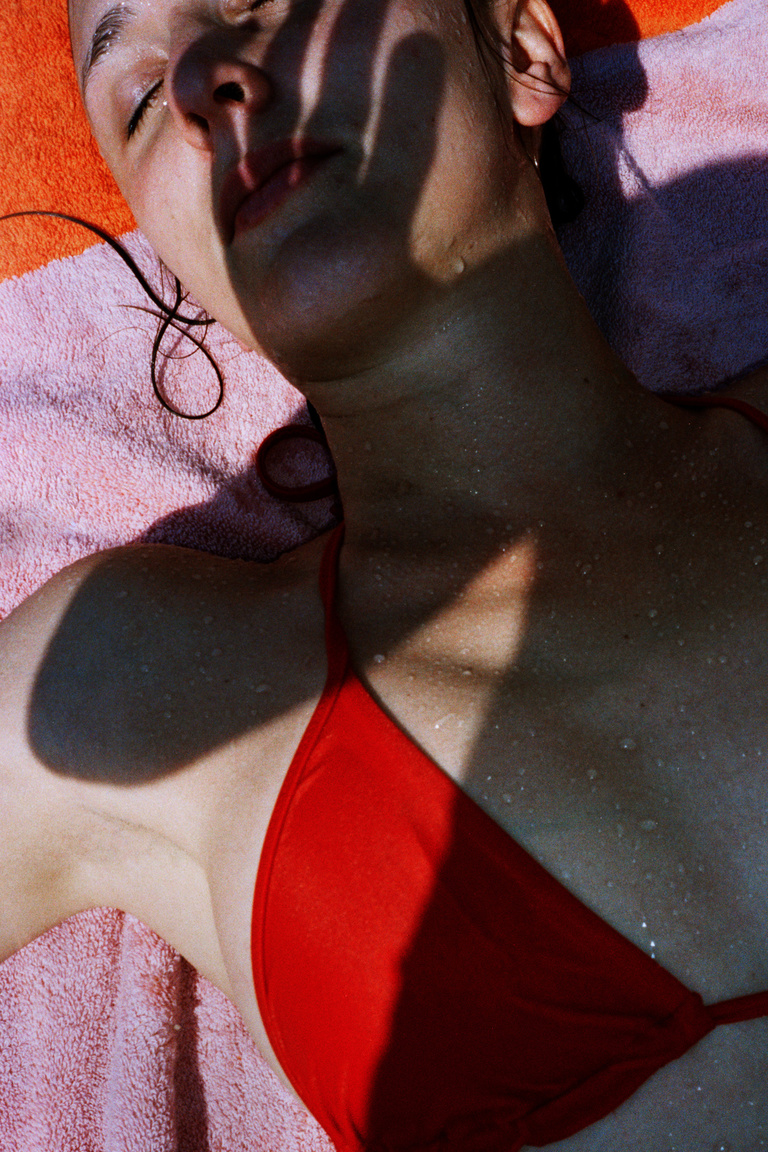
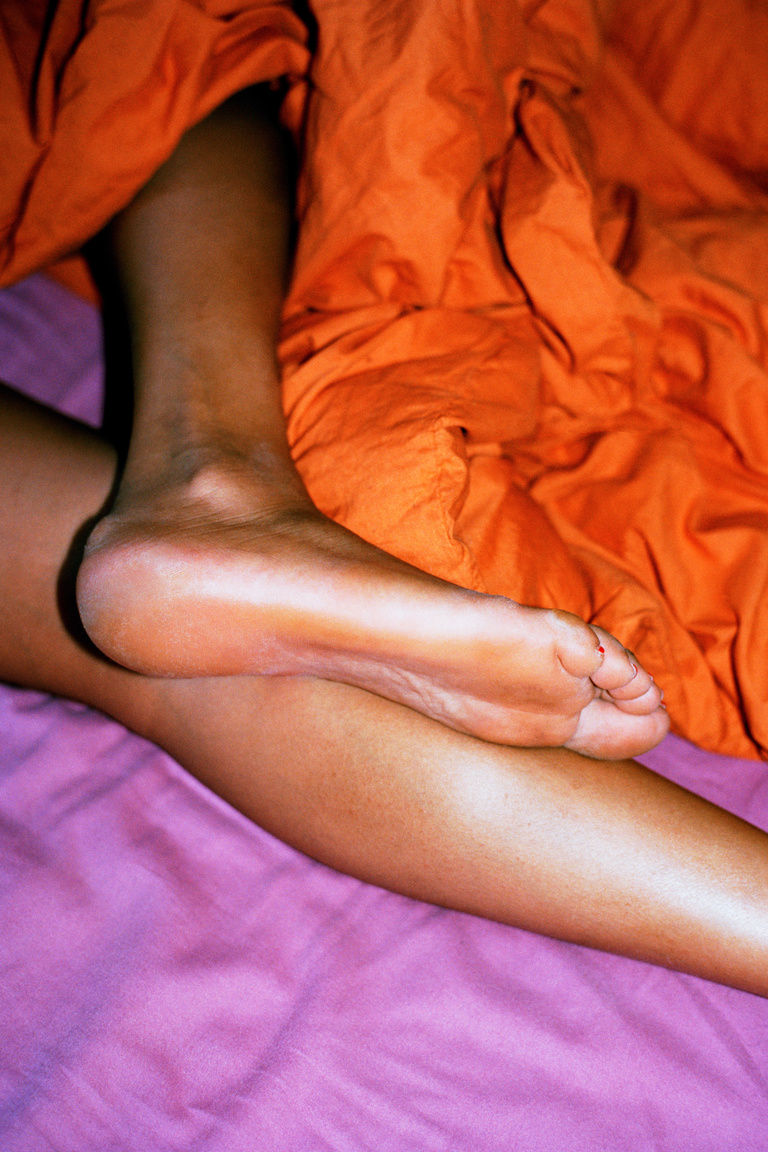
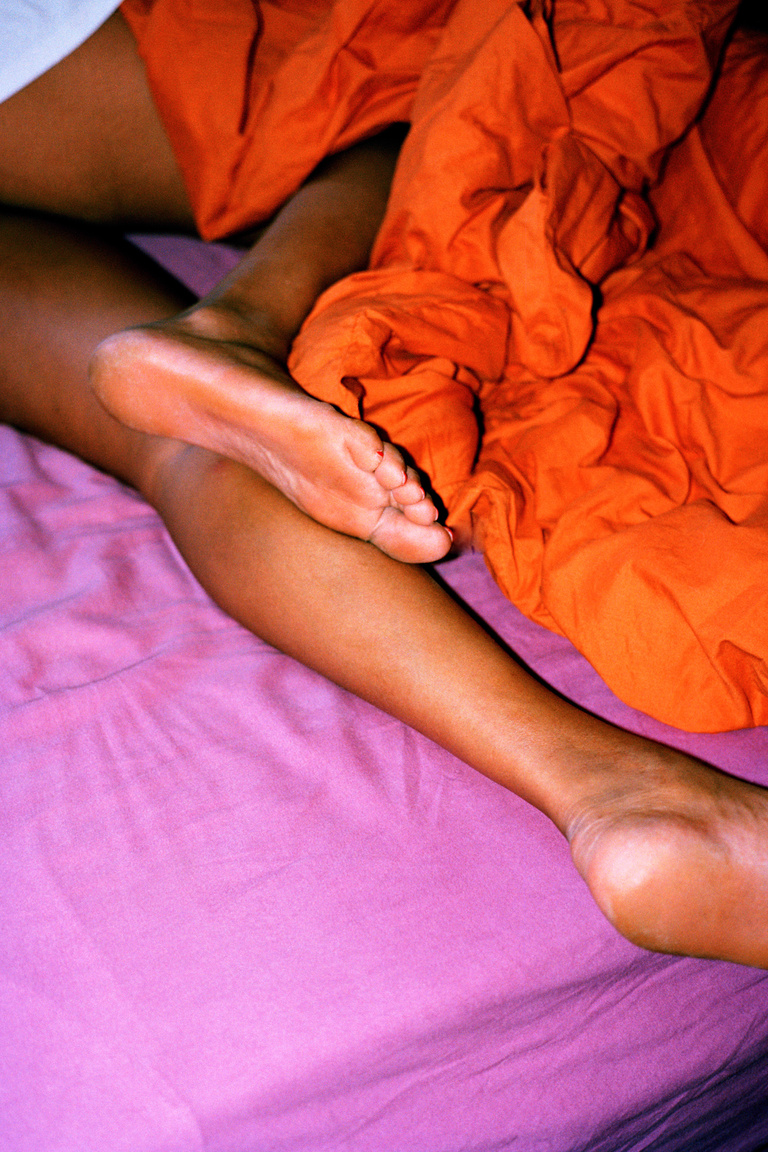
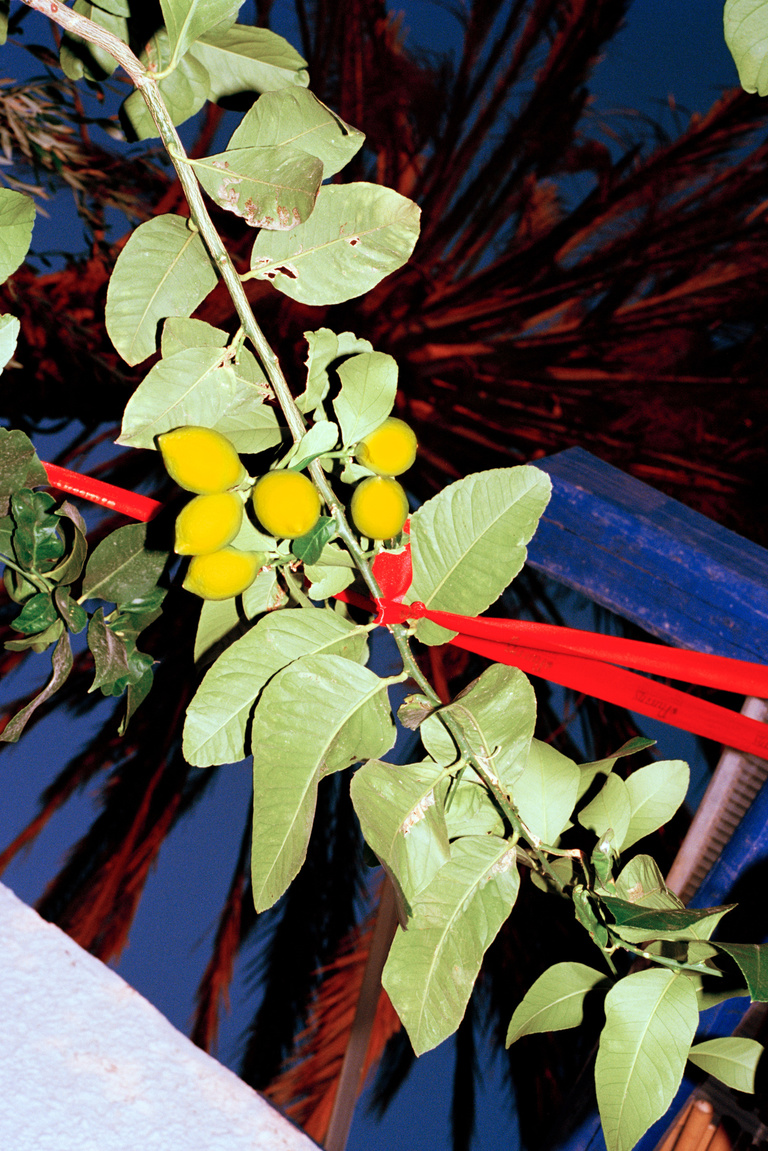
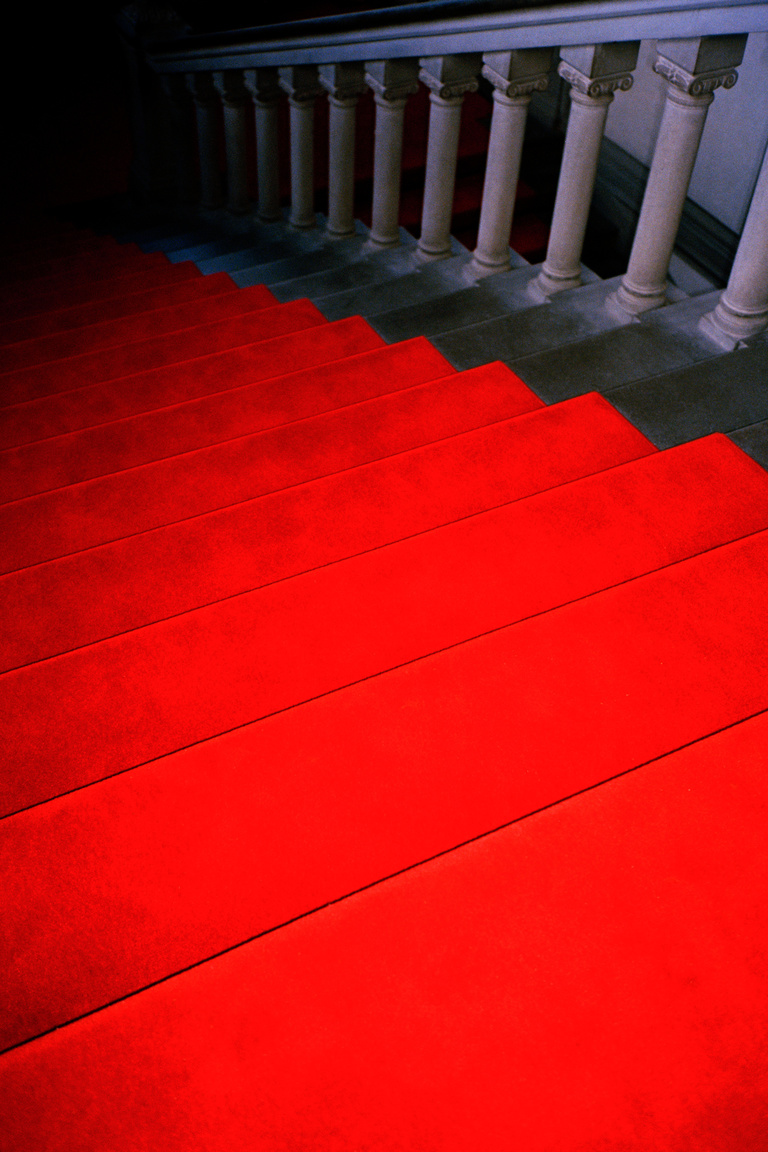
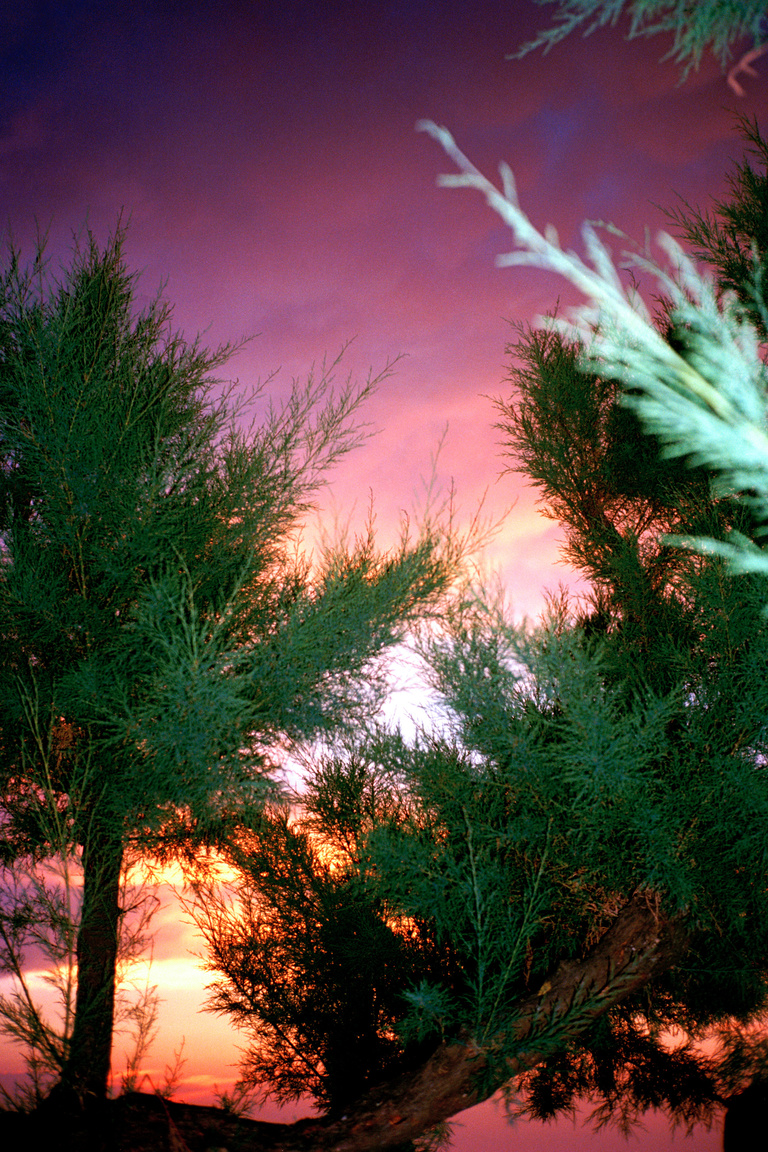
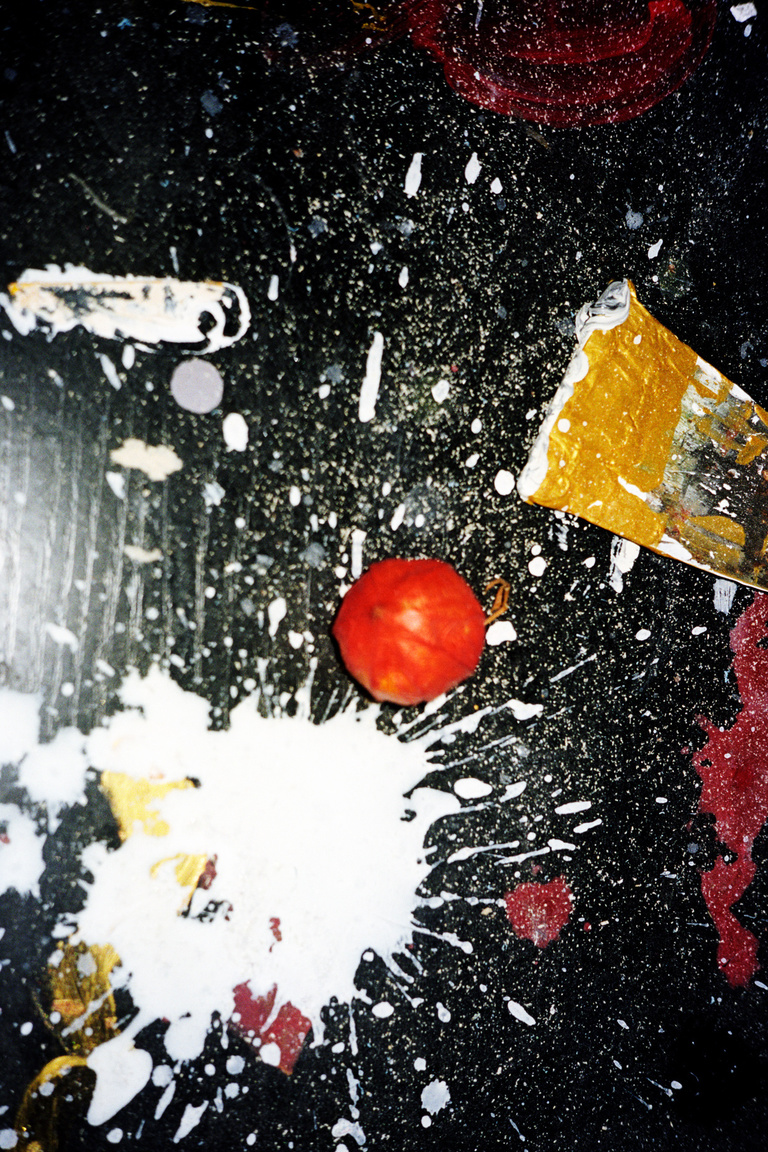
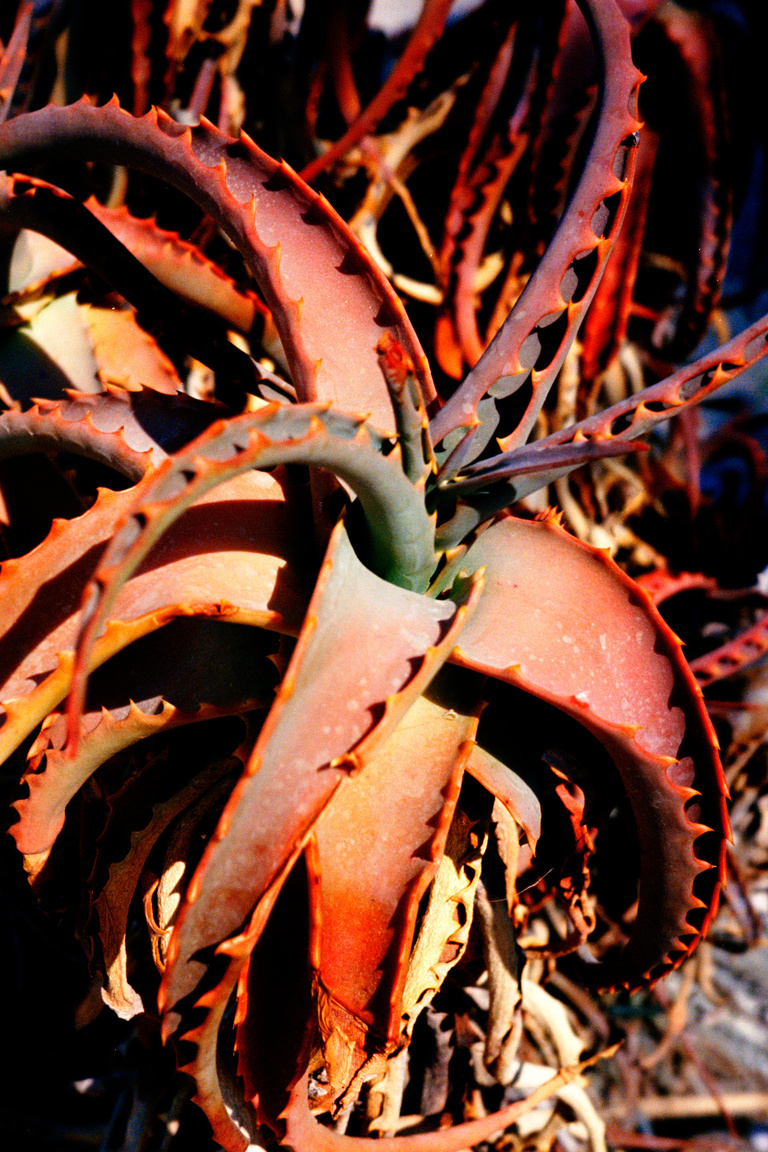
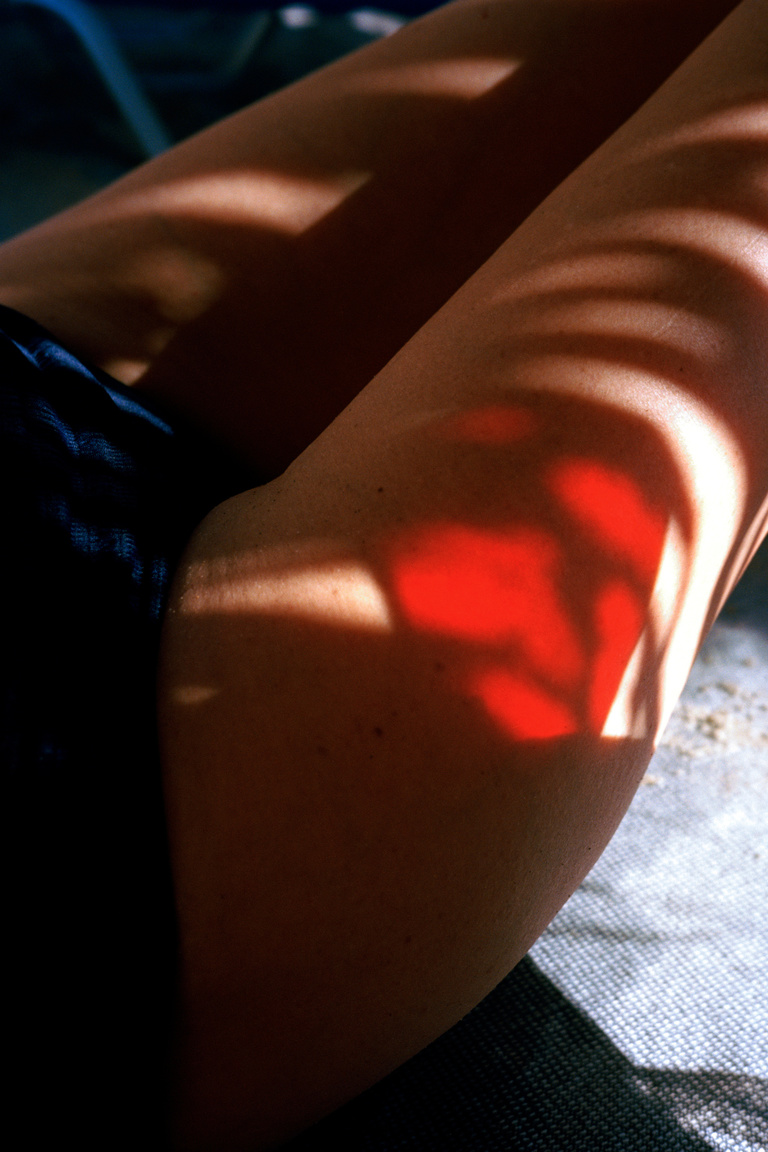
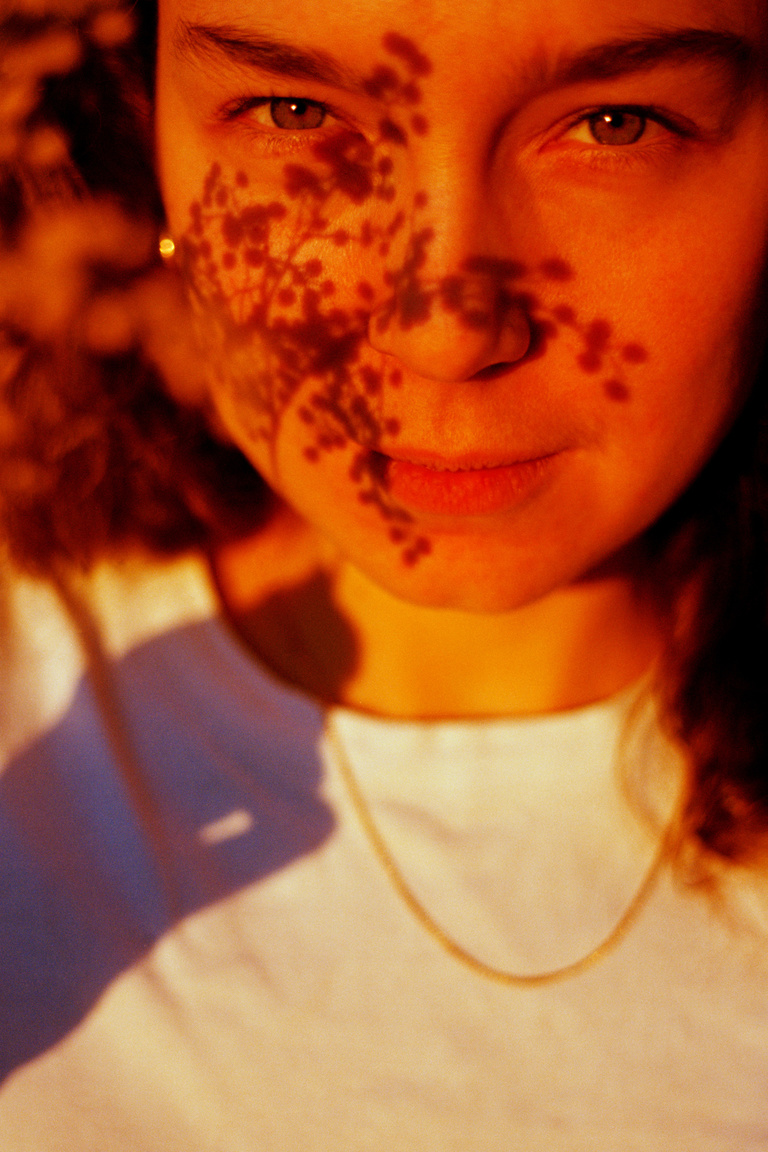
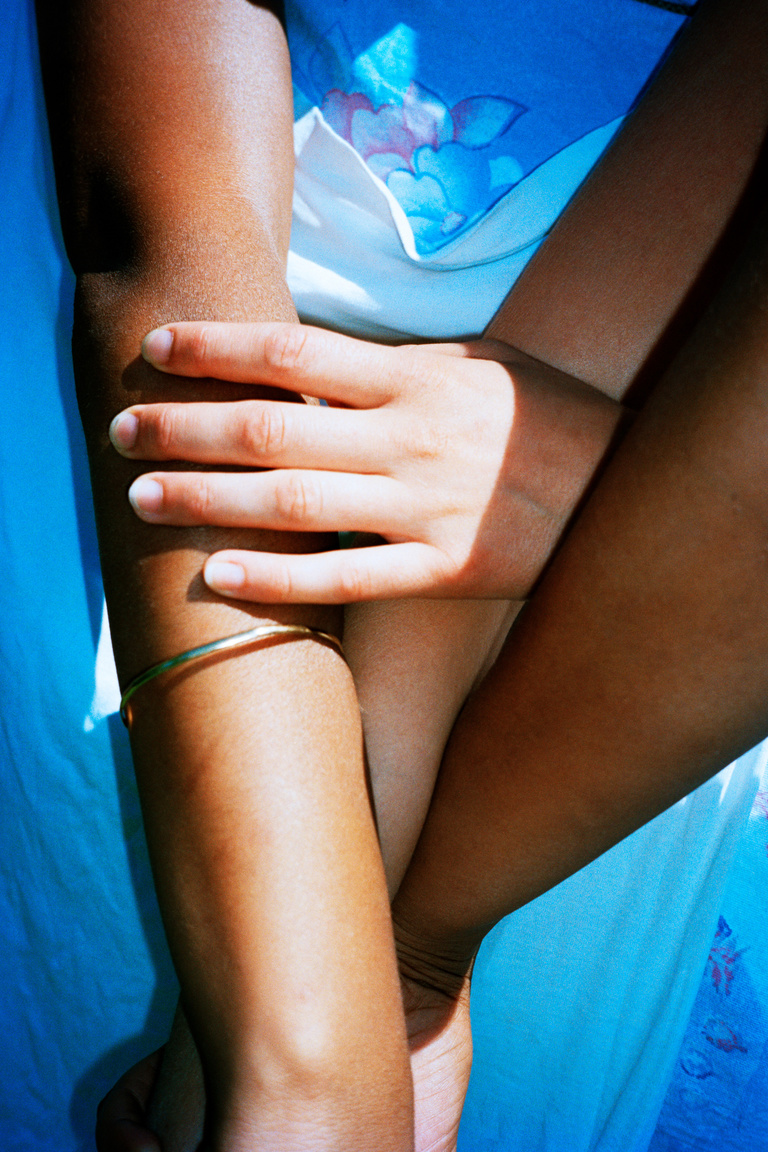
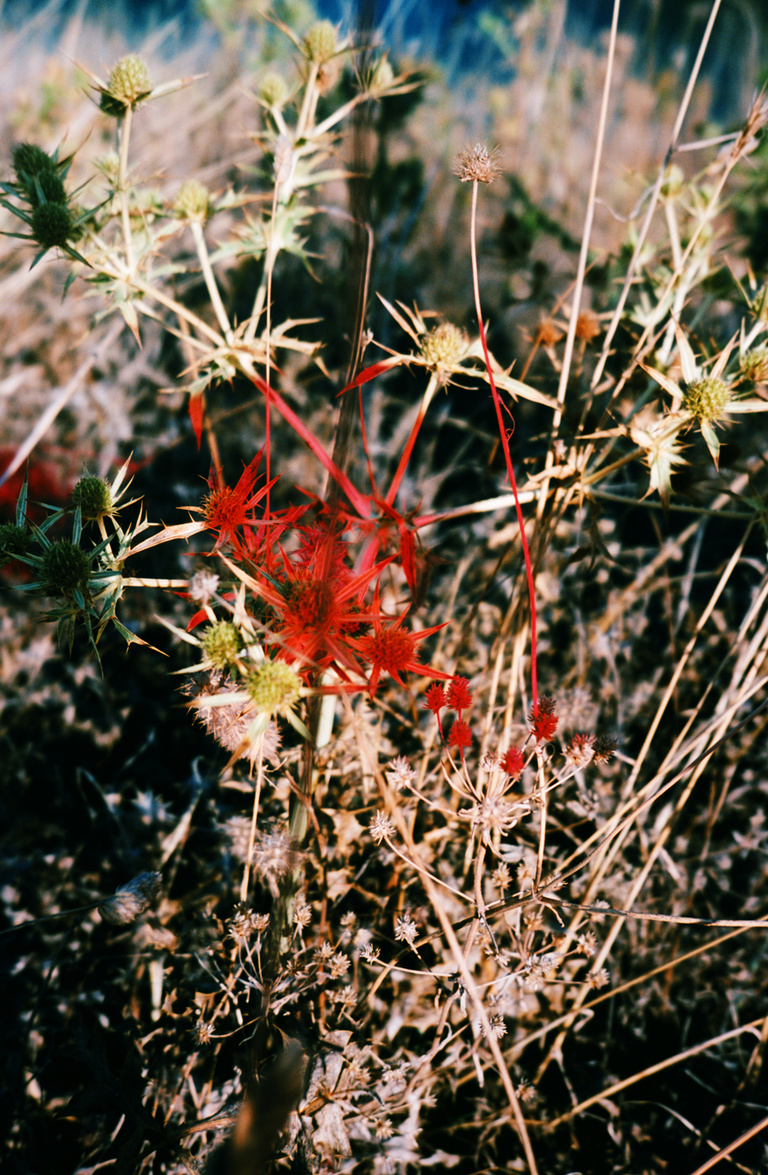
2019
Marguerite Bornhauser borrowed the title of Moisson Rouge from Red Harvest by the pioneering American detective novelist Dashiell Hammett. She presents a selection of photographs which, when seen together, provide the starting points for enigmatic stories. The images conjure a world of summer skies, languid figures and dappled light, suddenly interrupted by clues to ‘something’ that might have happened. Marguerite Bornhauser’s work combines spontaneous scenes with carefully constructed compositions, blurring the boundaries between reality and fiction. By refusing to caption her images and situate them in the context in which they were taken, she makes each photograph into the starting point for a deliberately subjective narrative. Her photographic language, characterised by vivid colours, strong shadows and close-ups, offers a new interpretation of reality.
" (...) Lee Friedlander said something to the effect that the great thing about photography is that you take a picture of one thing and you get all this other stuff: at the edges of the frame; from the corner of the eye; in the overlaying of colour and shadow; subtlety at the limits of the observable spectrum. Bornhauser’s work is compelling not because, like some latter-day stylist, she creates her own, mannered, chromatic world, but because, instead, like Hammett’s continental op, she does the hard work of observation, assembling fragments of the world until they add up to something more than the sum of their parts. In Red Harvest the coloured details could be considered as purely incidental, atmospheric asides in the pursuit of a greater immersive fiction. But in Moisson Rouge the sunshot bodies, too-bright waters, burning skies and broken shadows do something quite different. Rather than proposing a false reality in which we can lose ourselves, they take us away from life as it is lived, or at least, as we ordinarily experience it on the surface, leading us deep into an ever present, super saturated alternate truth. And, as with the fictional blossoming red tie in Red Harvest, the colors here are never purely or merely symbolic, signifying anything specific or narrowly defined. Instead, color itself signifies, in its presence and appearance, variety and intensity, organisation and disposition, that here we are in an original world, and seeing it differently."
Simon Baker, Director, MEP, 2019